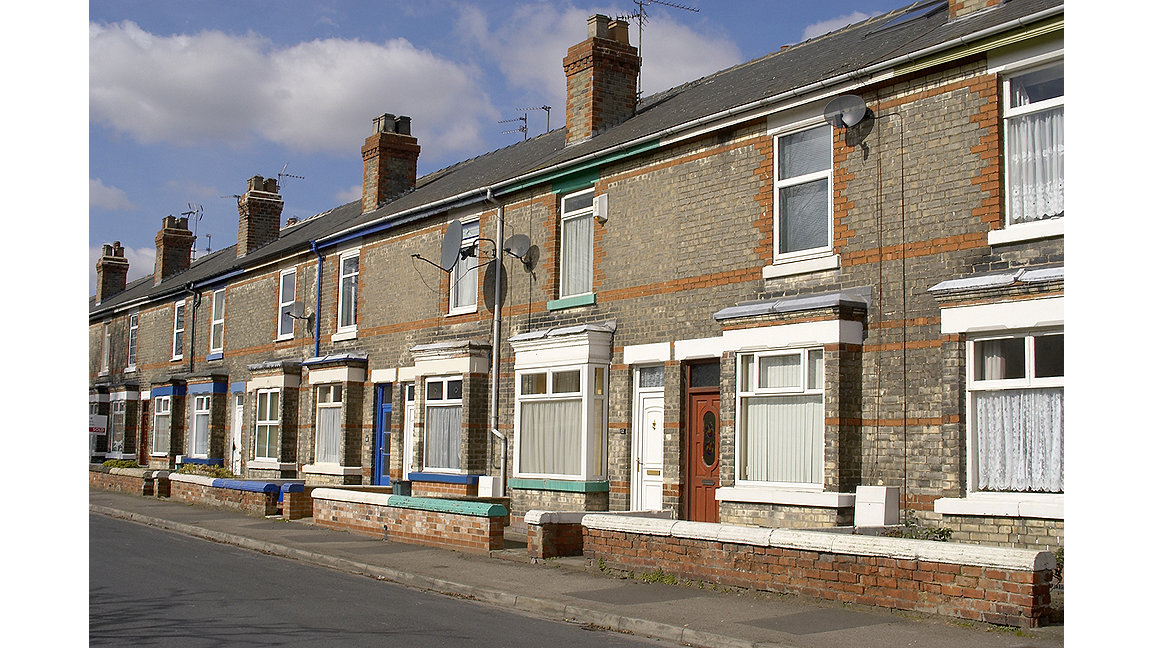
The Homes (Fitness for Human Habitation) Act 2018 came into force for new leases in March 2019, and takes full effect on all residential short leases from 20 March 2020. The legislation got cross-party support and was welcomed by both landlord and tenants' rights groups. The changes give new rights to tenants that will have significant implications for those operating in the rental housing market.
Historically, enforcing minimum fitness standards has been the responsibility of a local authority environmental health officer (EHO), with steps only taken after informal conversation or encouragement to resolve the matter has failed or been ignored.
The issue of rogue landlords is well known throughout the housing sector, but the explosion of a new generation of buy-to-let (BTL) investment has created a rejuvenated private landlord sector. This could be a target of the new enforcement regime: misinformed or naive investment may result in them holding properties that are totally unsuitable as tenanted homes in regulatory terms. Any property that is not maintained or regularly inspected may quickly become an investment risk.
The legislation has created a fundamental shift in this area of property management. For the first time, a tenant can bring a direct private civil claim for disrepair against the landlord; under the new system, the EHO does not need to be consulted to allow the commencement of a claim. However, the tenant's right to bring redress via the EHO has been retained, providing them with a choice of enforcement routes against a landlord.
This new tenant right comes with an additional ability for them to seek compensation for the disrepair. A study of county court claims under the former system shows that issues such as damp in a one-bedroom flat can lead to a direct compensation figure of hundreds of pounds a week for the period of the occupancy.
Even if the tenant knows about the disrepair when signing the lease, this is no defence: a landlord is barred under the legislation from contracting out of any of the tenant safeguard provisions. In addition, the tenant has full legal protection from eviction on presentation of a claim. The property must therefore be in a fit state on the first day of the lease and maintained for the duration of the tenancy.
Since the commencement of the first stage of the legislation, a simple search of potential interest in this subject online has shown that several legal practices are offering no-win no-fee litigation for any potential housing disrepair claim. It is very clear from these advertisements and the associated compensation sums on offer that there could be a future flood of claims against landlords.
Legal practitioners appear to be awaiting the full commencement date of 20 March 2020, and the expectation is that there is an opportunity for straightforward and successful litigation against poorly advised landlords. These claims will be made in the county courts, providing a low-cost enforcement route for the tenant, but expensive for landlords to defend.
It is not the role of RICS members to shield rogue landlords in the private rental sector. However, the first rung on the property ladder is a vital requirement of a functional market. As the legislation becomes embedded, this compensation culture will place a greater onus on professional advisers reporting on housing either being used or considered for rental purposes. This will be particularly important for pre-purchase practitioners acting for BTL investors.
Some low-cost maintenance repairs, if ignored, can generate damp or condensation mould. In a compensation claim, these could lead to a risk of exposure disproportionate to the cost of maintenance. Afterwards, a professionally advised landlord will ask whether this claim could have been avoided if they had made the correct precautionary repair and been informed of the risk. A successful claim can now result in an award covering the cost of the original disrepair item and the compensation plus litigation fee.
Residential managing agents may wish to review the knowledge and experience of the parties they use to undertake regular inspections; the necessary safeguarding requirements could be significantly beyond the abilities of basic inventory staff.
The technical areas on which a claim will be based are centred on the 29 hazard categories of the Housing Health and Safety Rating System (HHSRS) as seen in the box below. These can operate either individually or in combination, possibly resulting in a property being deemed unsuitable for human habitation and hence triggering a potential claim.
"Any property that is not maintained or regularly inspected may quickly become an investment risk"
Major residential landlords usually have a system of regular qualified surveyor condition inspections to ensure that the asset stock is preserved; these stock condition reports protect them from the potential risks created by such tenant claims. Annual housing officer checks and five-yearly surveyor inspections are common in housing associations and local authority estates.
Smaller-scale private landlords do not currently have the same culture of regular inspections, and their properties could therefore be at risk of disrepair. Older properties could deteriorate over time owing to a combination of age and occupation; RICS also recommends that a pre-purchase condition survey be carried out for a new-build property three years after its completion and occupatio
RICS members work for both landlord and tenant across the sector. The act is welcome, but landlords must always ensure they maintain rental properties properly.
Michael Cooper FRICS is director, head of neighbourly matters and building surveying at Cooper's Building Surveyors Ltd
Andrew Thompson FRICS is senior lecturer in building surveying, Department of Built Environment at Anglia Ruskin University
CONSTRUCTION JOURNAL
Neal Morris and Callum Miller 18 April 2024
BUILT ENVIRONMENT JOURNAL
Neil Hope-Collins 16 April 2024